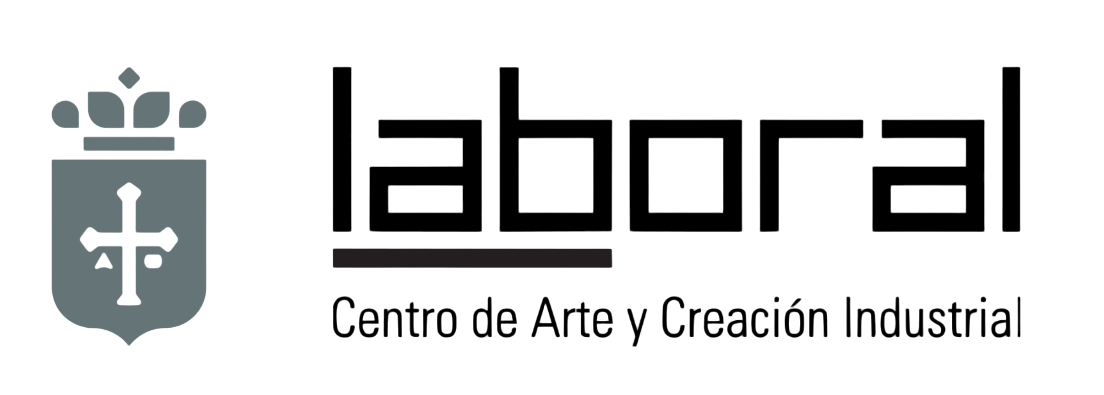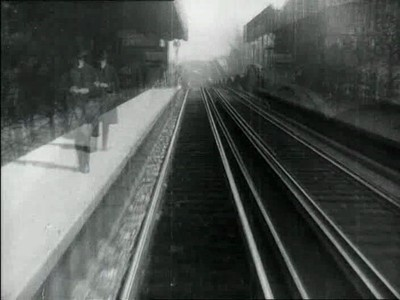Cinema is presented to its viewers as an ossified expressive medium, or a confusing jumble that tends to encourage passivity. This is why it is important to inject life, congruence and movement, and for the relationship between films and people to be based on something more than a simple product-client or expert-student exchange. For this to happen, it is necessary to establish a different way of interacting with cinema. However, the spectacularization of culture, as well as the excess of images under which we live, has created something like a disorientation in the face of images. The confusion between “reality-illusion”, “fiction-documentary” and the blurring of the boundaries between film, video and advertising has contributed, however, to creating a situation in which it is difficult to see while thinking. .
Workgroup
One of the main focuses of interest of this program is to show young people the history of cinema as an art form. This translates into a program of screenings that, in addition, would be accompanied by talks given by various experts who would contextualize the work, explain it and create a debate around it, in order to activate thinking and critical capacity regarding audiovisuals. .
Addressed to:open group. Mainly aimed at students of the audiovisual medium. However, it also aims to address a more general audience, such as all those individuals interested in this work system that contemplates the use of bibliographic materials for the optimal approach to cinematographic material.
Functioning:The working group is planned to meet once every two weeks. Being open, on the day of the screening, to the availability of attendees. In this sense, possible interested parties are called for February 20, 2012, with the underlying objective of deciding what day the sessions will be held. Each session is associated with a reading from which, in turn, will emanate the discussion that will continue the viewing of the films.
Participants:A series of experts will occasionally participate in the working group to contextualize the work, explain it and create a debate around it.
Date:This time, it is about reflecting on “the potentialities of the false” that Deleuze deals with in The Time-Image based on a film by Max Ophuls: Letter to a Stranger, inspired by the story of the same name by Zweig.
Registration: free
Information and registration: mediateca@laboralcentrodearte.org
Activity subsidized by the Ministry of Culture and Sports of the Government of the Principality of Asturias


